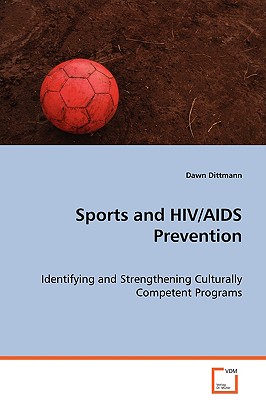According to UNAIDS there are an estimated thirty-three million people living with HIV/AIDS. Since the mid-1980s governments, agencies, and non-governmental organizations have slowly mobilized to provide HIV/AIDS prevention education. However, it soon became evident that prevention programs were not resulting in behavioral changes as expected. Practitioners and academics quickly learned that this complex disease required a creative prevention education response. In response, the United Nations identified the need to harness the humanitarian potential of sport to achieve objectives relating to HIV and AIDS education and prevention. As a result, a number of programs were created that utilize the power of sport to educate youth on how to protect themselves against HIV/AIDS. This study will identify HIV/AIDS prevention education programs utilizing sport as a delivery method and evaluate whether these programs are relevant, respectful and effective.
| FindBook |
有 1 項符合
Sports and HIV/AIDS Prevention的圖書 |
 |
Sports and HIV/AIDS Prevention 作者:Dittmann 出版社:VDM Verlag Dr. Mueller E.K. 出版日期:2008-08-04 語言:英文 規格:平裝 / 136頁 / 22.9 x 15.2 x 0.8 cm / 普通級 |
| 圖書館借閱 |
| 國家圖書館 | 全國圖書書目資訊網 | 國立公共資訊圖書館 | 電子書服務平台 | MetaCat 跨館整合查詢 |
| 臺北市立圖書館 | 新北市立圖書館 | 基隆市公共圖書館 | 桃園市立圖書館 | 新竹縣公共圖書館 |
| 苗栗縣立圖書館 | 臺中市立圖書館 | 彰化縣公共圖書館 | 南投縣文化局 | 雲林縣公共圖書館 |
| 嘉義縣圖書館 | 臺南市立圖書館 | 高雄市立圖書館 | 屏東縣公共圖書館 | 宜蘭縣公共圖書館 |
| 花蓮縣文化局 | 臺東縣文化處 |
|
|
圖書介紹 - 資料來源:博客來 評分:
圖書名稱:Sports and HIV/AIDS Prevention
|











